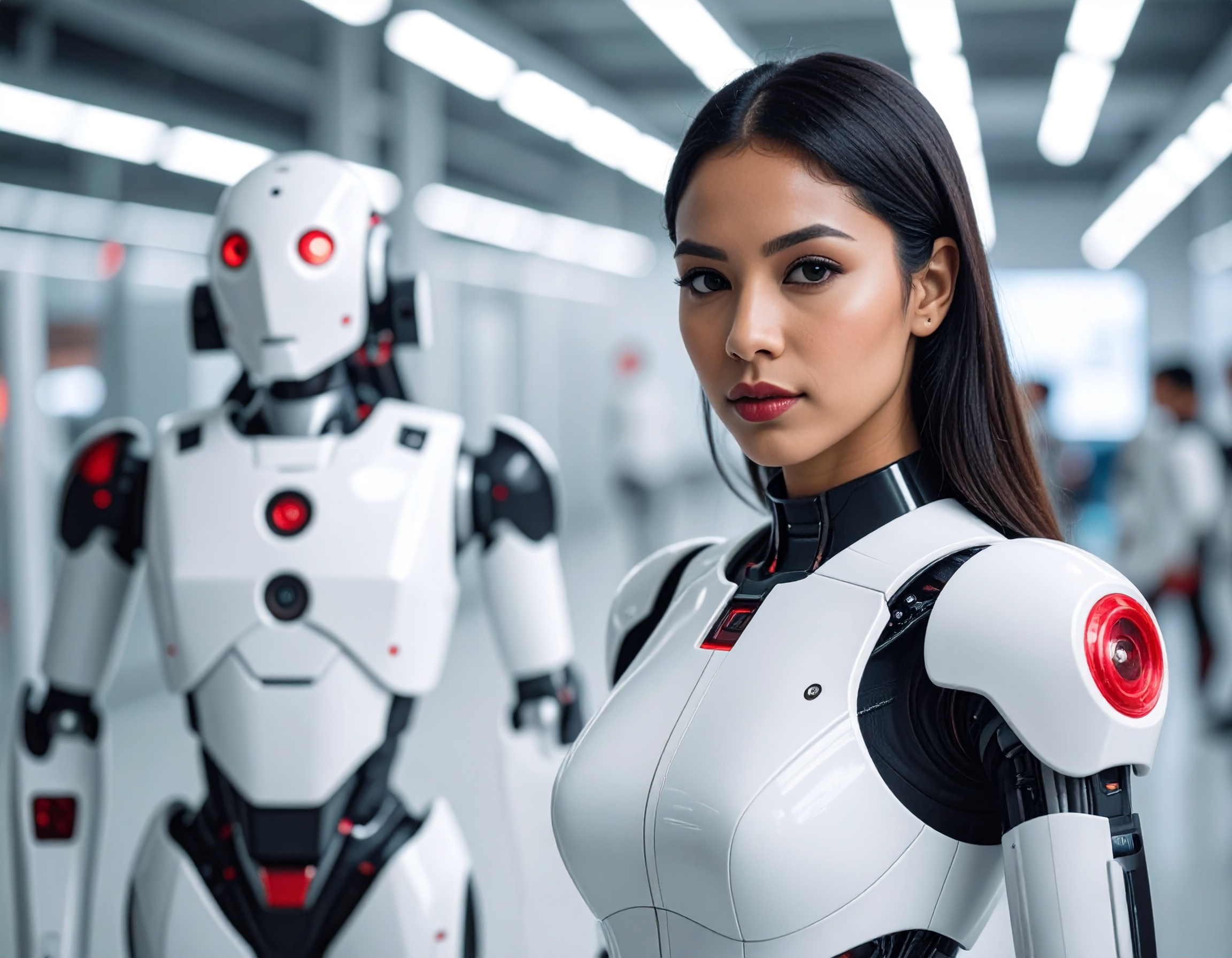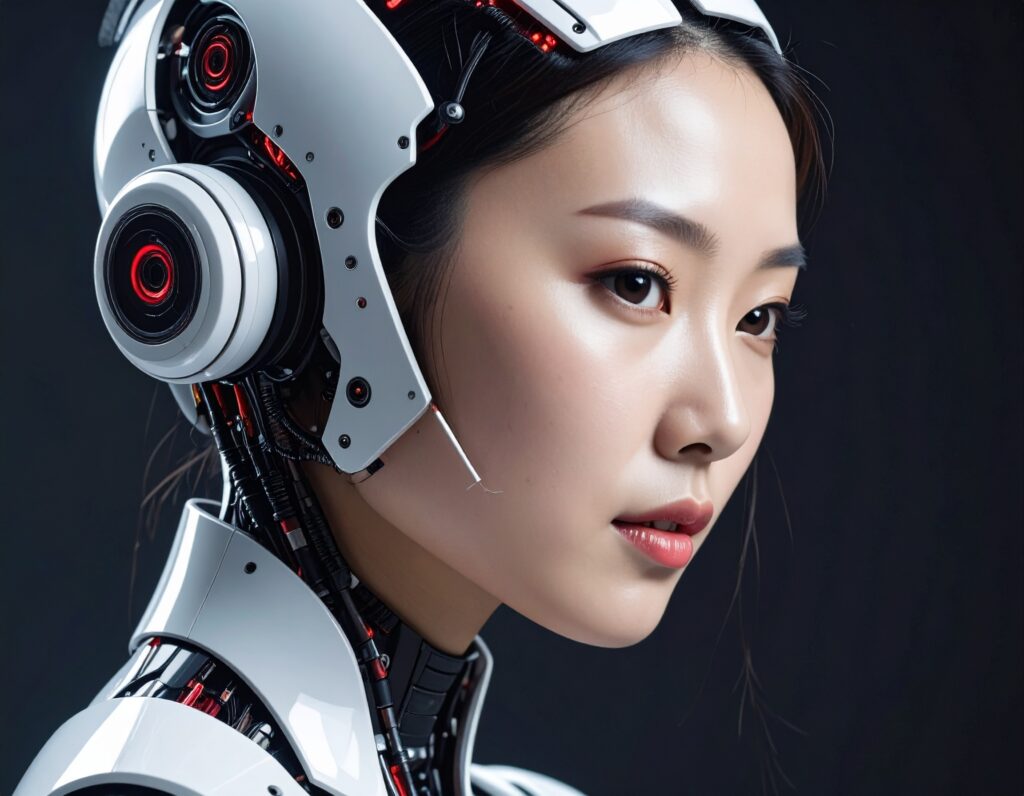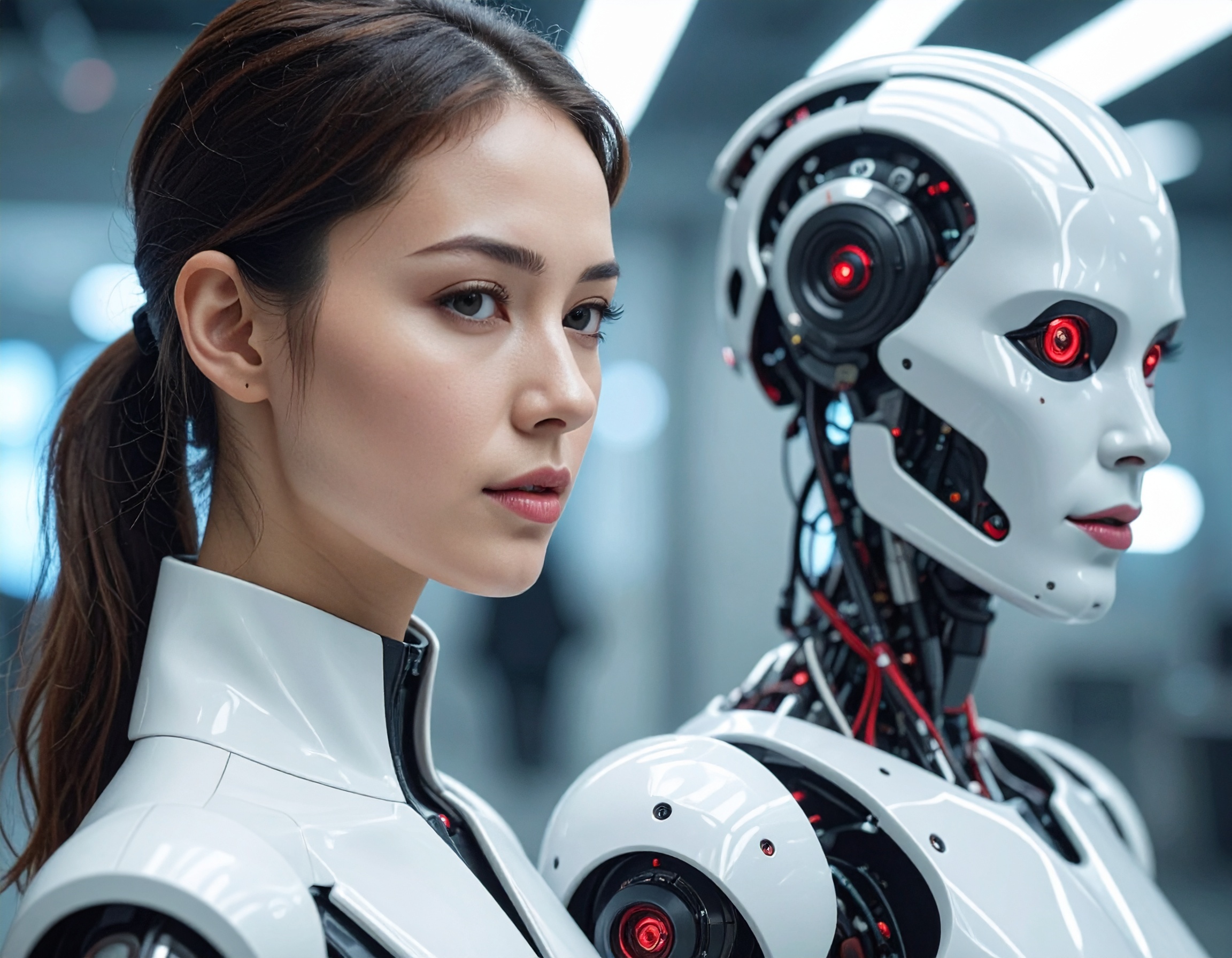Aurotek’s Leap into Non-Human Workers: Smart Manufacturing Accelerates amid Labor Shortage

What Happened
On 15 September 2025, Digitimes reported that Aurotek Corp. is seeing a strong uptick in orders for its AI-driven intelligent robots, as global labor shortages push manufacturers toward automation. The company, traditionally focused on automation equipment, is accelerating what it views as a “second growth curve” — pivoting toward integrated robotic solutions and smart manufacturing systems.
In its prior reporting in July 2025, Aurotek revealed that this robot-pivot has already produced a 69% surge in revenue from its integrated robot solution business in 2024. It’s also forming partnerships with key players across China, the US, Japan, and Germany to deepen its smart robotics capabilities and shift away from a simple agency/distribution model.
Why It Matters
- The move by Aurotek illustrates how non-human workers (robots, AI) are becoming a strategic response to labor shortages, not just as cost savings but to maintain production capacity and quality.
- Smart manufacturing and AI-robot integration are rapidly shifting the balance in industrial supply chains — companies that adapt can grab competitive advantages in speed, consistency, and scale.
- The adoption of intelligent robots and integrated AI solutions also signals a broader industry preference for Voice AI Agents, sensor-driven feedback systems, and automated processes as core to future factories. (While voice agents are not explicitly mentioned in Aurotek’s case yet, they are part of the broader AI/robotics trend.)

Key Evidence & Examples
- 69% revenue growth in 2024 for Aurotek’s integrated robot business.
- Expanding order backlog (“orders on hand continuing to climb”) driven by demand for advanced processes and smart manufacturing.
- Partnerships being announced to help deliver full robot integration, not just individual pieces or component sales.
Implications & Future Outlook
Aurotek’s trajectory suggests that in 2025 and beyond, many manufacturers will increasingly rely on AI Employees and non-human workers to fill gaps left by labor shortage. The smart factories of the future will likely use a mix of robots, automation, and AI-driven monitoring to sustain operations. For regions competing in high-tech manufacturing, this trend may raise the bar for investment, workforce reskilling, and infrastructural readiness.
Key Highlights:
- Aurotek is accelerating its shift toward integrated robotic solutions due to global labor shortages.
- In 2024, its robot business saw a 69% revenue increase.
- Orders keep increasing as smart manufacturing demands grow.
- Strategic partnerships are under way to move from equipment manufacturing to full robot integration.
- The trend exemplifies the rise of non-human workers and AI Employees in manufacturing strategy.
Reference:


